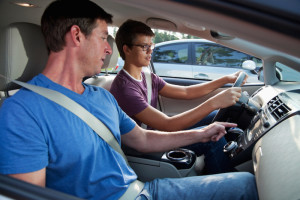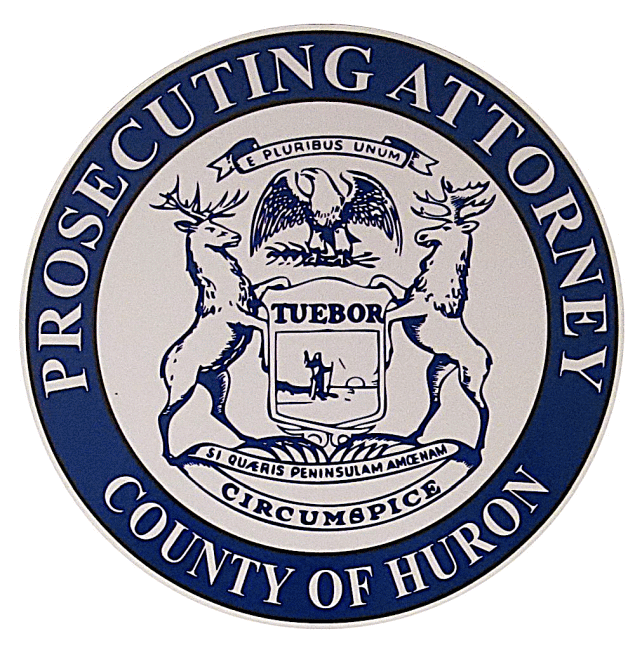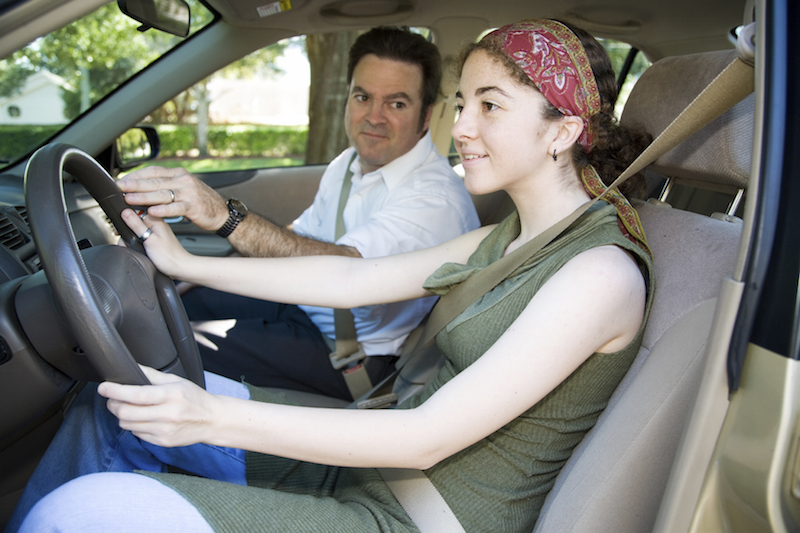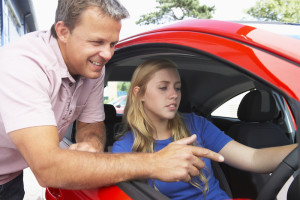Michigan’s GDL
The Michigan's Graduated Driver Licensing: A Guide for Parents contains valuable information on Graduated Driver Licensing (GDL), driver education, available resources, and more. Parents and teens are encouraged to read this publication and maintain it for reference as they go through the GDL process.
Teen Risk Factors for Crashing
Sixteen- and 17-year-old drivers have the highest crash rates of any age group. Crash rates peak during the first six months of licensure that teens drive without supervision, making this an essential time for parents to be involved with their teen drivers. The major reason for crashes among newly licensed drivers is the failure to identify potential risks and react appropriately.
Our culture tends to view teens as young adults when, neurologically, they are only large children. The area of the brain that regulates logic and reasoning develops before the area that controls impulse and emotion. Young drivers often do not have the full capacity to control impulses. Inexperience and immaturity combine to make young drivers especially at-risk in five circumstances:
- At night: Driving is more difficult and dangerous at night for everyone, but particularly for Young drivers have less experience driving at night than during the day, and drowsiness and alcohol may be more of a factor at night. Sixteen and 17-year-old drivers are about three times more likely to be involved in a fatal crash at night than during the day.
- After drinking alcohol: Young driver's inexperience with both driving and drinking means that they have a higher crash risk no matter how much alcohol they have consumed when compared to older
- With passengers: Teenage passengers can distract young drivers and encourage them to take Adding just one passenger increases a teen driver's crash risk by 50 per cent. Three or more passengers - the risk is nearly four times greater than when alone. Limiting passengers is essential.
- When unbelted: Seat belts reduce the risk of injury or fatality in a crash, but teenage drivers and passengers have lower belt use rates than older drivers and Today's teens are not buckling up. Males and passengers have the lowest use rates. For fatal crashes in 2011, SS percent of teen drivers age lS-19 and SO percent of their passengers were not buckled up.
- When using cell phones: All drivers are at higher risk when talking or texting; however, young drivers use cell phones more frequently than older drivers and have more difficulty handling Many teens do not understand the dangers of distracted driving.
 It is important that adults provide guidance, oversight and set limits for their teen drivers. Parents, guardians, and mentors, play a critical role in helping teens survive their most dangerous driving years. Parents who set, monitor and enforce safe driving practices have teens that are less likely to receive traffic tickets or be involved in traffic crashes.
It is important that adults provide guidance, oversight and set limits for their teen drivers. Parents, guardians, and mentors, play a critical role in helping teens survive their most dangerous driving years. Parents who set, monitor and enforce safe driving practices have teens that are less likely to receive traffic tickets or be involved in traffic crashes.
How GDL Works to Reduce Teen Driving Risks
A teen's first year behind the wheel is critical. That is why Michigan and other states across the country have adopted GDL laws for teen driv ers. GDL is designed to help teens gradually and safely build their skills and experience behind the wheel and is responsible for 20- to 40-percent reductions in teen crashes. In Michigan, GDL consists of two segments of driver education instruction and three licensing levels.
Driver Education: Driver Education Segment 1 includes a minimum of 24 hours of classroom instruction; minimum of six hours of behind the-wheel instruction; and a minimum of four hours of observation time as a passenger in a training vehicle. Driver Education Segment 2 includes a minimum of six hours of classroom instruction.
GDL Licensing Levels and Restrictions:
Level 1 Learner's License* - Teens with a Level 1 License may only drive with a licensed parent, guardian or designated licensed adult age 21 or older.
- Level 2 Intermediate License* - Teens with a Level 2 License:
- Shall not operate a motor vehicle between 10 m. and 5 a.m. except when:
- driving to or from or in the course of employment;
- driving to or from an authorized activity; or
- accompanied by a parent or legal guardian or a licensed driver 21 years of age or older designated by the parent or legal
- Shall not operate a motor vehicle at any time with more than 1passen ger in the vehicle who is younger than 21 years of age except:
- when the additional passengers are immediate family members;
- when driving to or from, or in the course of employment;
- while going to or from an authorized activity; or
- when accompanied by a parent or legal guardian or a licensed driver 21 years of age or older designated by the parent or legal
Authorized activity means any of the following:
- A school or a school-sanctioned event or School means a public or private school, including a home school.
- A sporting event or activity, or extracurricular event or activity, that is not school-sanctioned but that is part of an official sports league or association or an official extracurricular club, or that is paid for as a service offered by a business specializing in those events or activities or training for those events or
- A class or program of vocational instruction offered by a college, community college, nonprofit association, or unit of government or by a business specializing in vocational
- An event or activity sponsored by a religious organization that is tax-exempt under federal
- Transporting an individual in need of immediate emergency care or personal protection to a health-care professional, hospital, police station, domestic violence shelter, or public safety
*It is illegal for any teen driver with a GDL Level 1or Level 2 to use a cell phone while driving. "Use" means to initiate a call; answer a call; or listen to or engage in verbal communication through a cell phone. This does not apply if the teen is using a voice-operated system that is integrated into the vehicle or if they use the cell phone to: 1) Report a traffic accident, medical emergency or serious road hazard, 2) Report a situation in which the teen believes his or her personal safety is in jeopardy, and 3) Report or prevent the commitment of a crime or potential crime against the teen or another person.
Level 3 Full License -Teens with a Level 3 license have no state-imposed license restrictions.
For More Information, read Michigan’s Graduated Driver Licensing: A Guide for Parents, or check out the Michigan Secretary of State’s website on Graduated Driver’s Licenses for parents.






